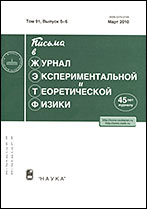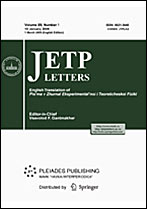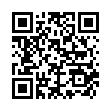|
This article is cited in 11 scientific papers (total in 11 papers)
CONDENSED MATTER
Disorder effects in BCS–BEC crossover region of attractive
Hubbard model
È. Z. Kuchinskiia, N. A. Kuleevaa, M. V. Sadovskiiab
a Institute of Electrophysics, Ural Branch, Russian Academy of Sciences, Ekaterinburg
b Institute of Metal Physics, Ural Division of the Russian Academy of Sciences, Ekaterinburg
Abstract:
We study the disorder effects upon superconducting transition
temperature $T_c$ and the number of local pairs in attractive Hubbard
model within the
combined Nozieres–Schmitt-Rink and DMFT+$\Sigma$ approximations.
We analyze the wide range of attractive interaction $U$, from the weak
coupling
region, where instability of the normal phase and superconductivity are well
described by BCS model, to the limit of strong coupling, where
superconducting
transition is determined by Bose–Einstein condensation of compact Cooper
pairs,
forming at temperatures much higher than superconducting transition
temperature.
It is shown that disorder can either suppress $T_c$ in the weak coupling
limit, or
significantly enhance $T_c$ in the case of strong coupling. However, in all
cases we actually prove the validity of generalized Anderson theorem, so that
all changes of $T_c$ are related to change of the effective bandwidth due
to disorder. Similarly, disorder effects on the number of local pairs are
only
due to these band-widening effects.
Received: 23.06.2014
Revised: 08.07.2014
Citation:
È. Z. Kuchinskii, N. A. Kuleeva, M. V. Sadovskii, “Disorder effects in BCS–BEC crossover region of attractive
Hubbard model”, Pis'ma v Zh. Èksper. Teoret. Fiz., 100:3 (2014), 213–217; JETP Letters, 100:3 (2014), 192–196
Linking options:
https://www.mathnet.ru/eng/jetpl3799 https://www.mathnet.ru/eng/jetpl/v100/i3/p213
|


| Statistics & downloads: |
| Abstract page: | 201 | | Full-text PDF : | 51 | | References: | 42 | | First page: | 4 |
|





 Contact us:
Contact us: Terms of Use
Terms of Use
 Registration to the website
Registration to the website Logotypes
Logotypes








 Citation in format
Citation in format 
